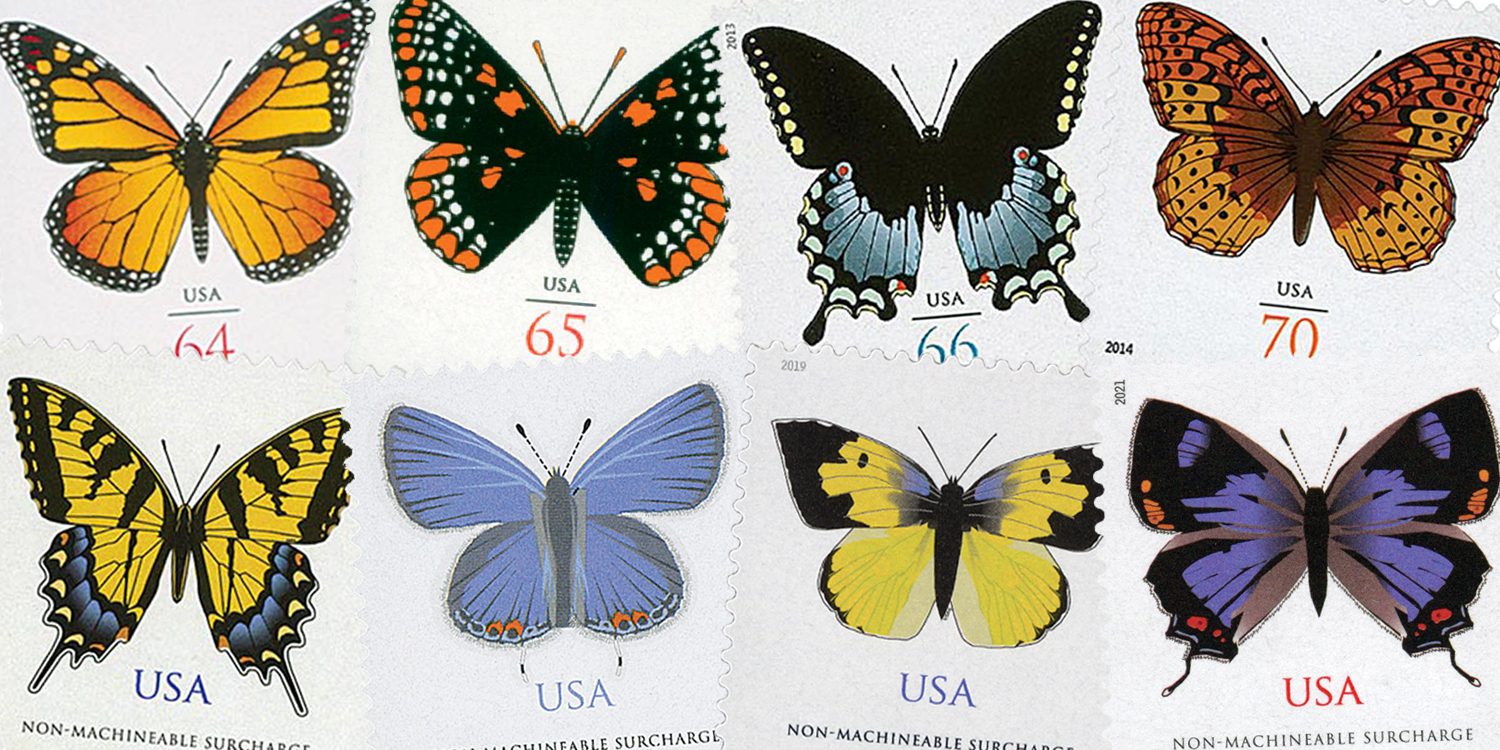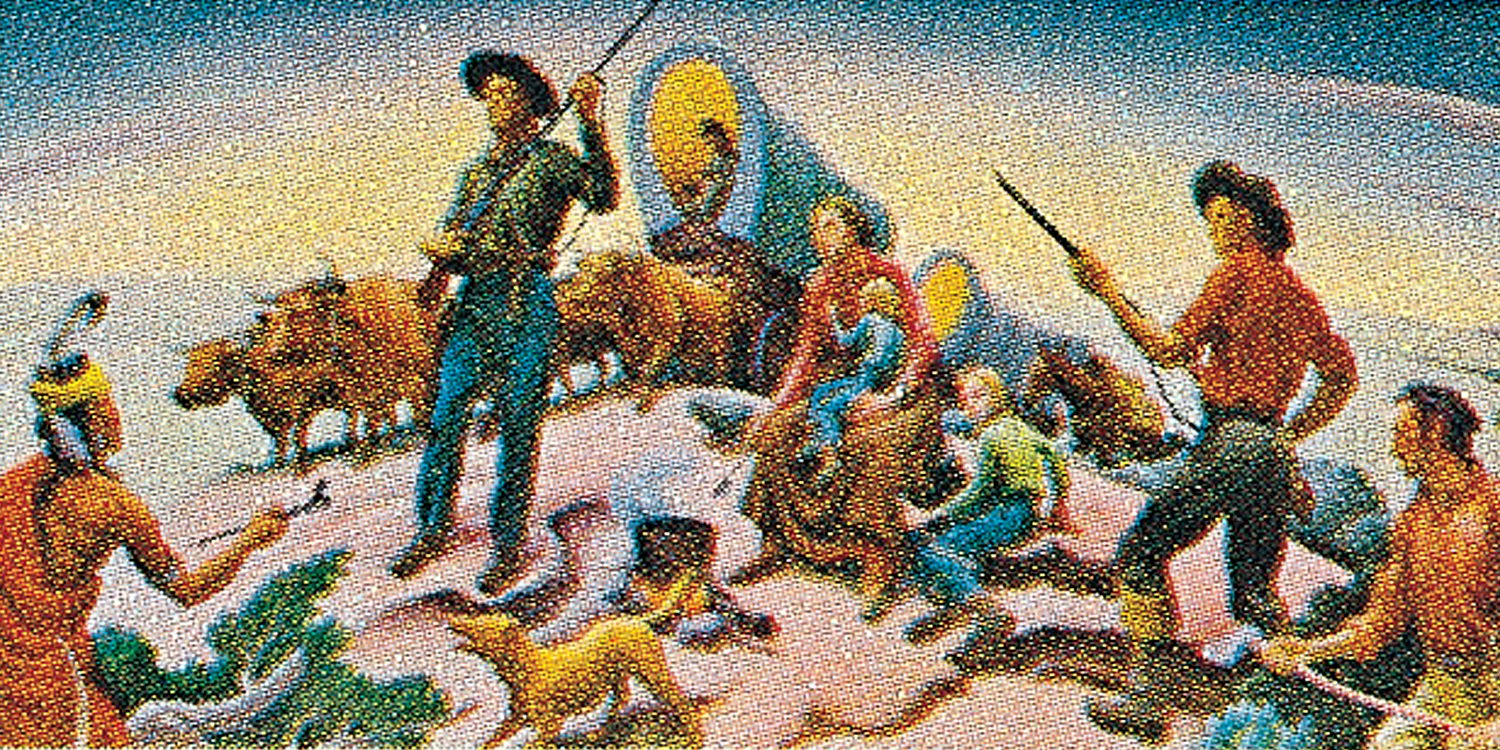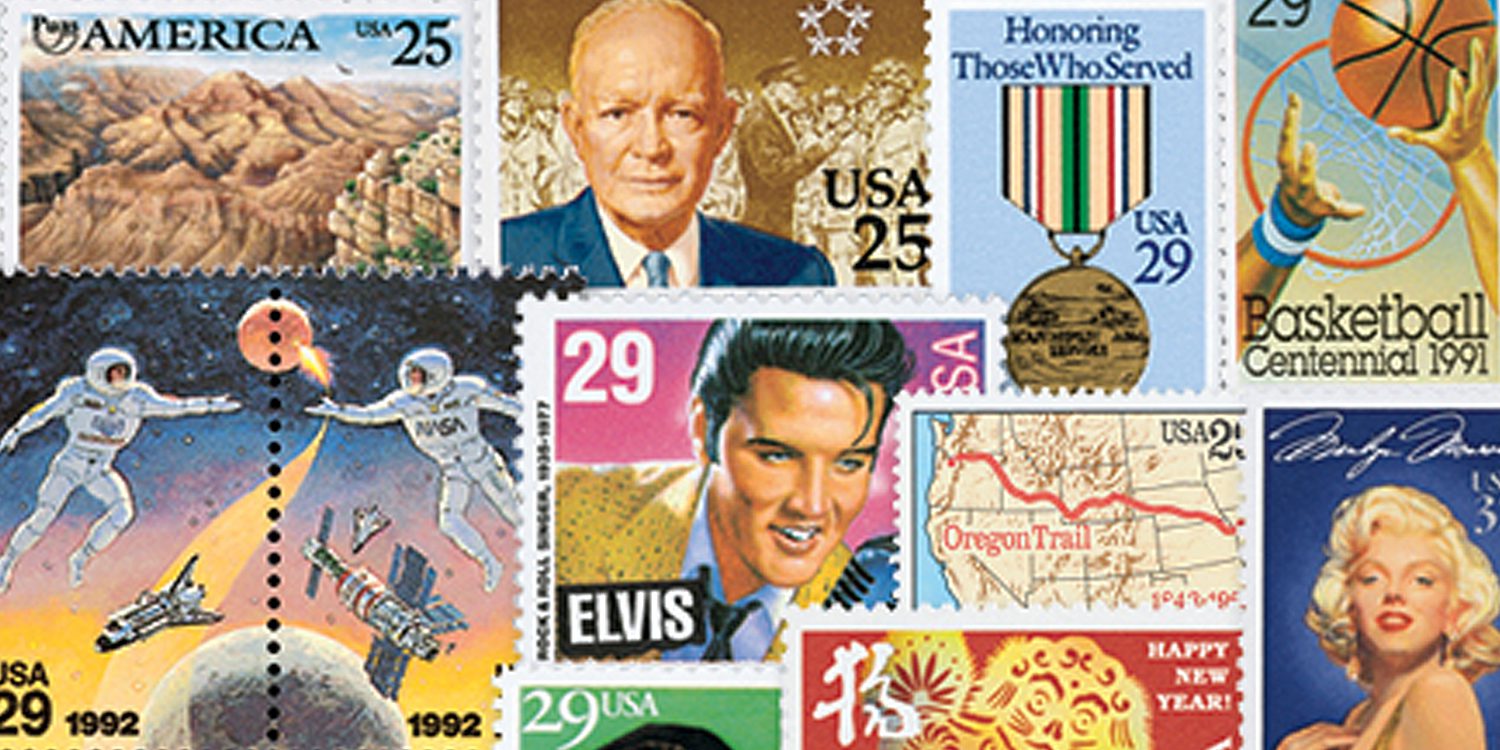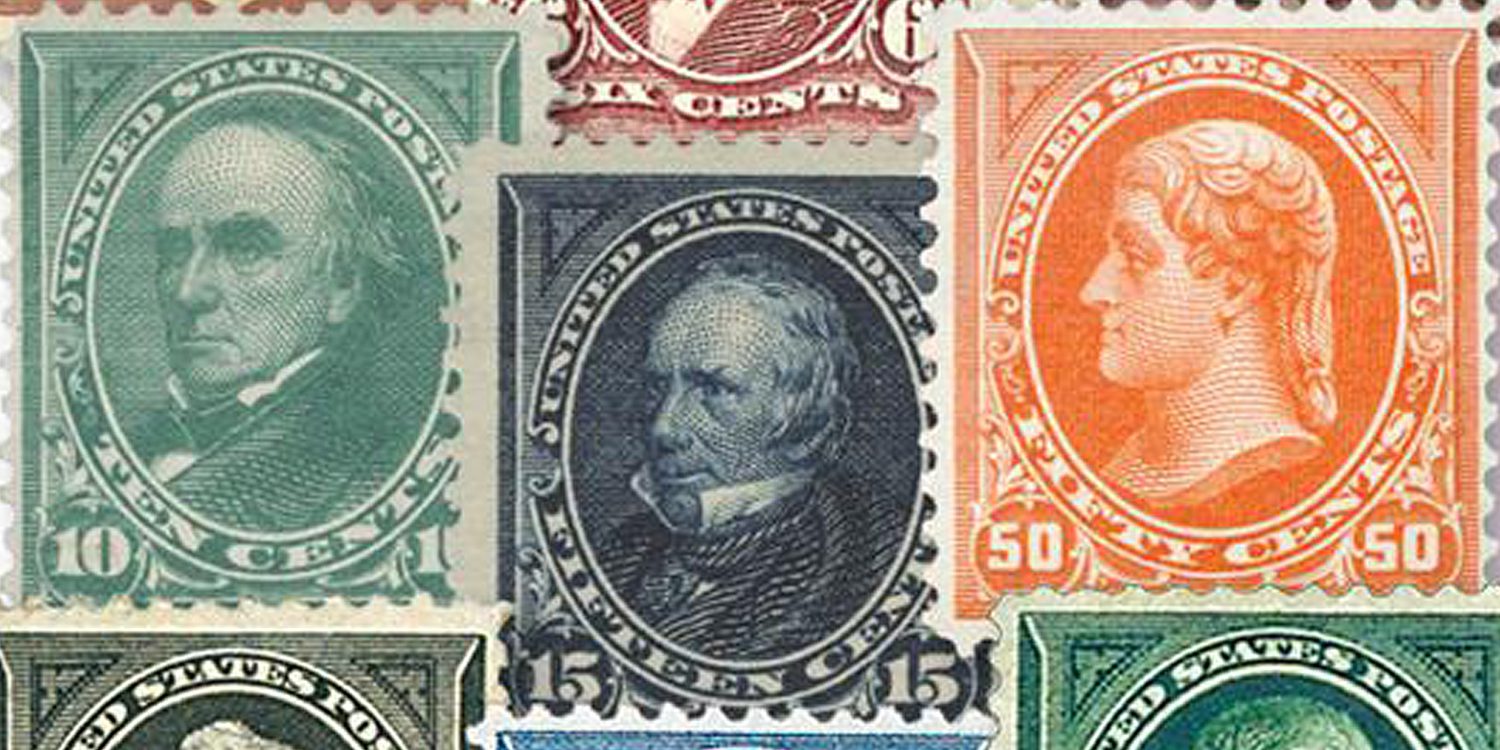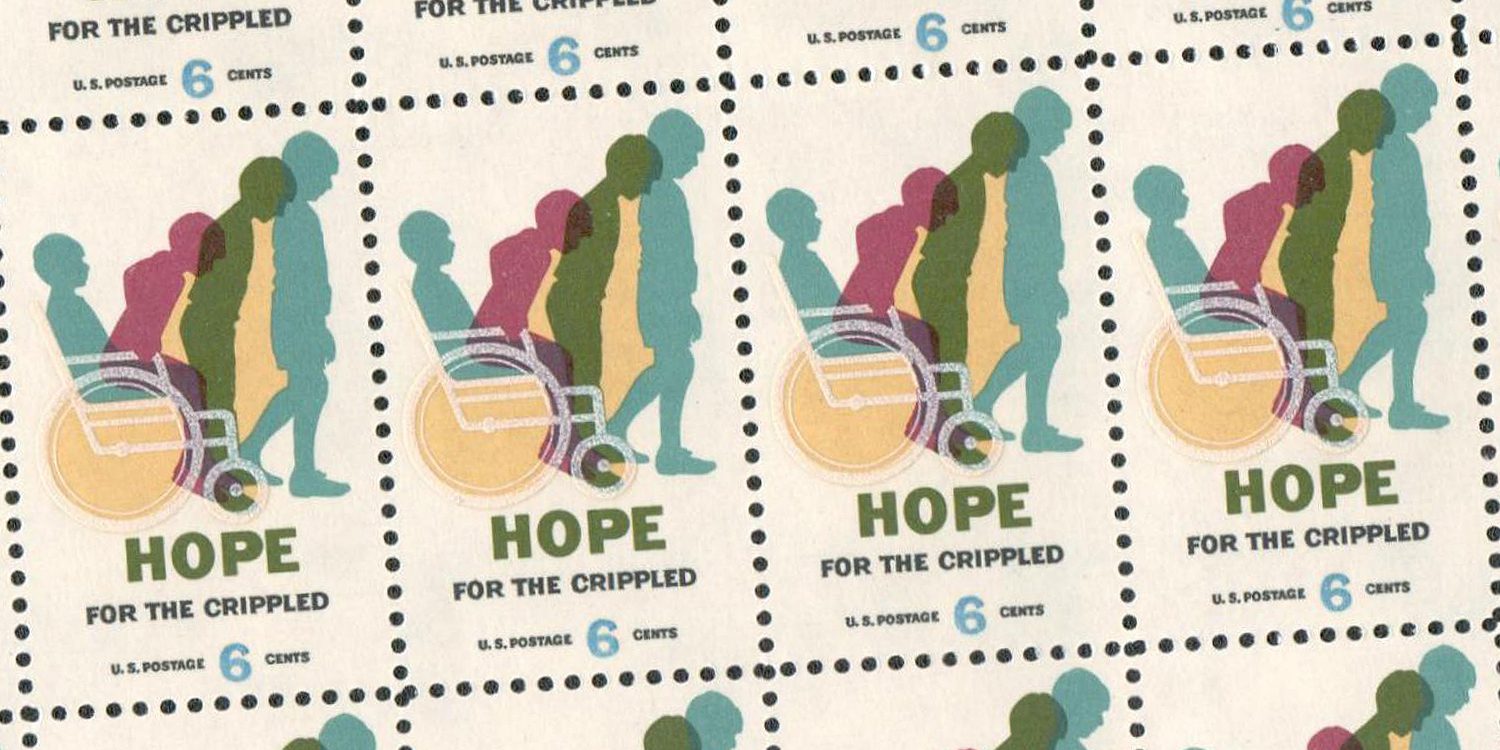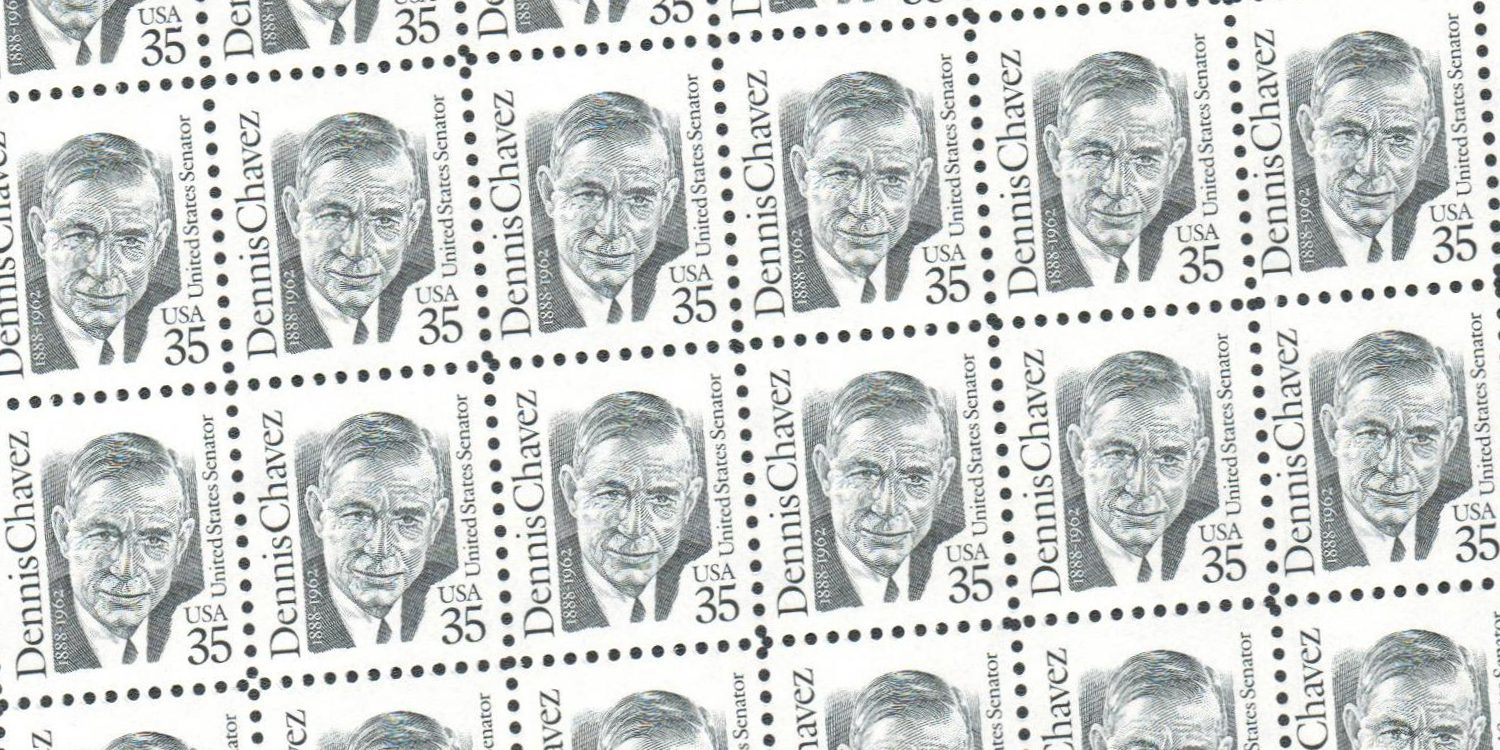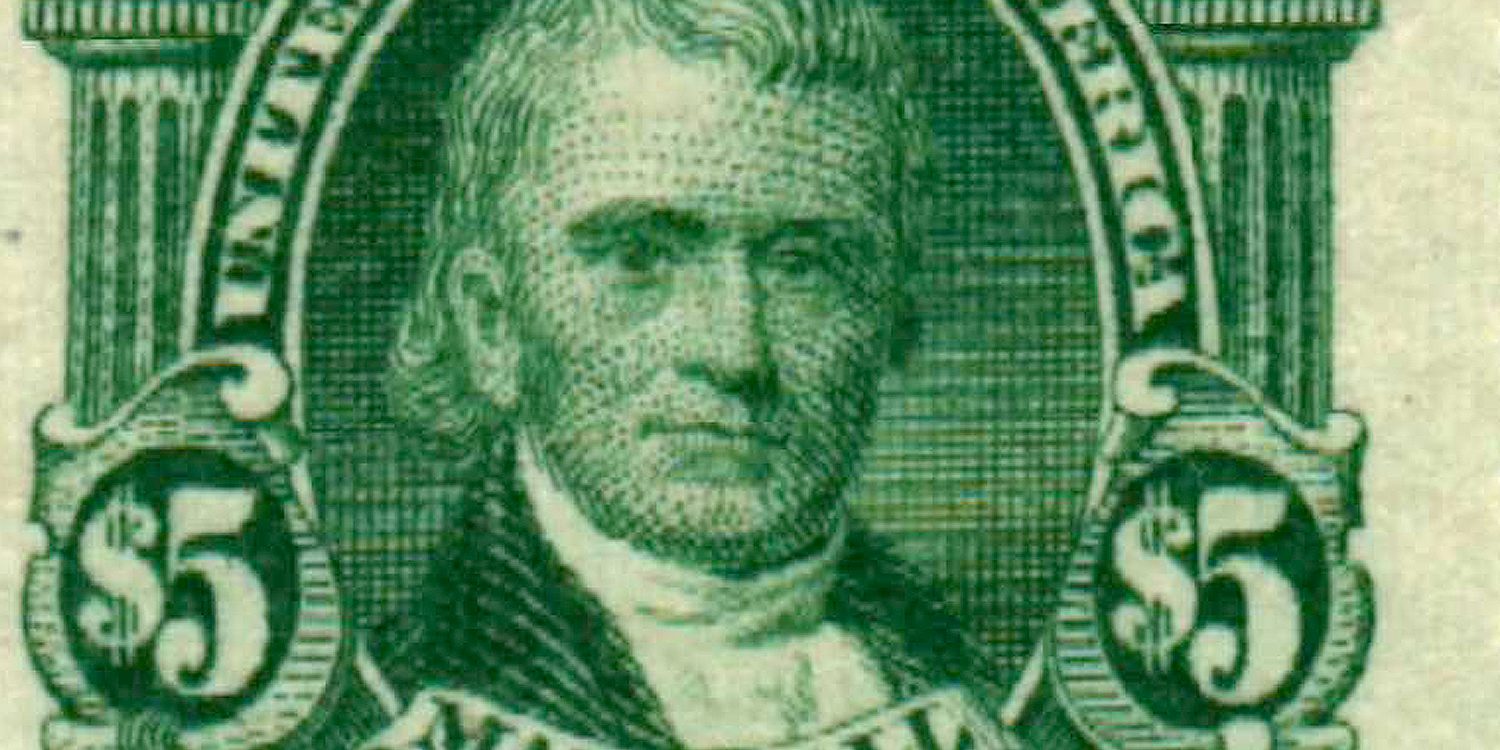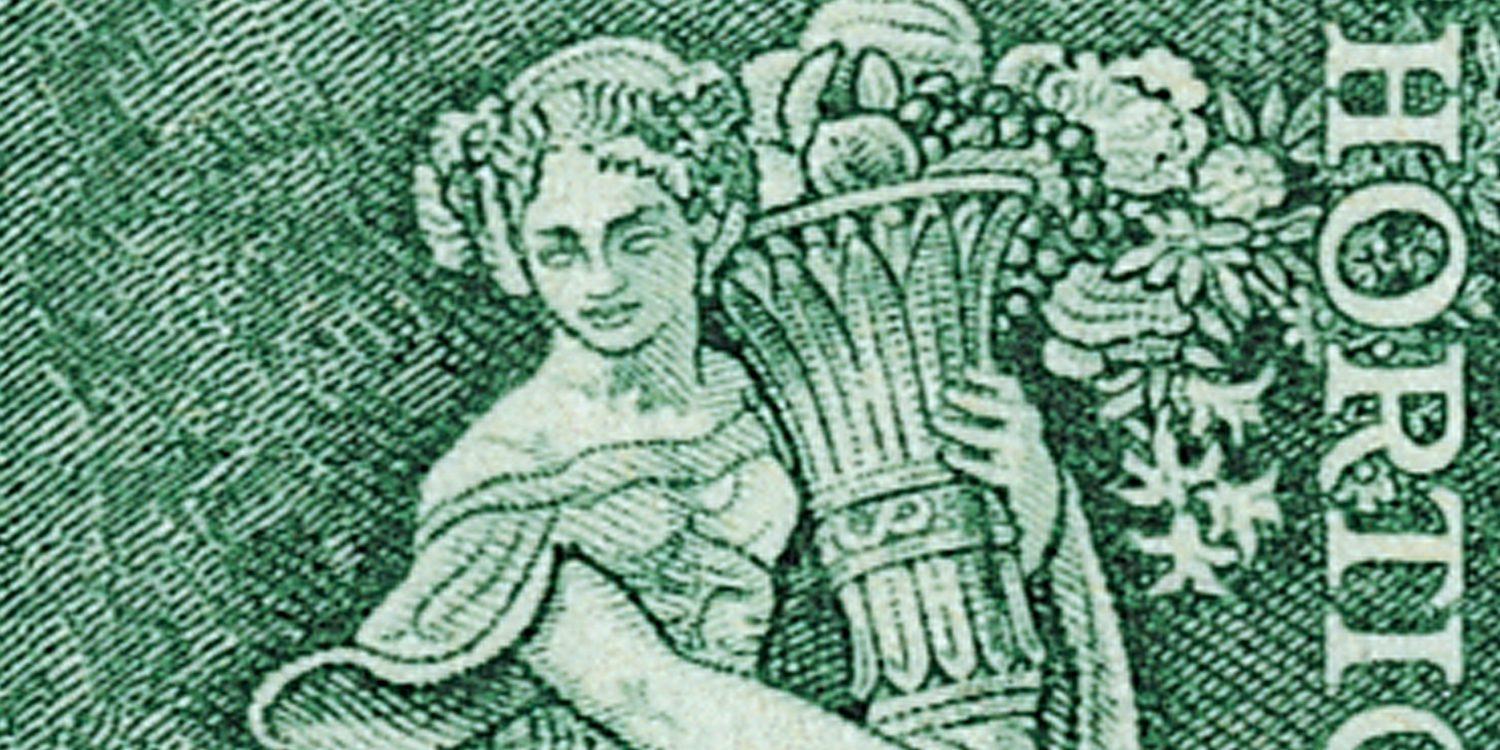Butterfly Series
On May 17, 2010, the USPS issued the first stamp in the Butterfly Series. The stamps were created for use on envelopes that couldn’t be sorted on the USPS’s automated equipment, otherwise known as “nonmachinable.” They’re often used for greeting cards.

